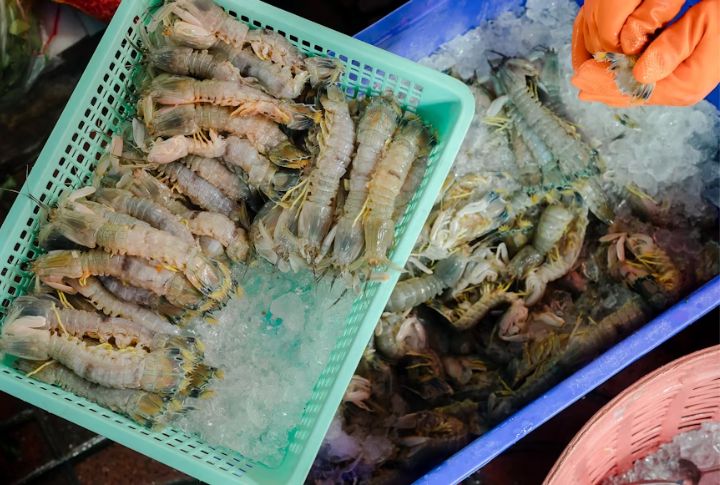
Cooking shrimp seems easy until you hit the sink and wonder what to do next. Do you rinse it clean or toss it straight into the pan? Years of conflicting advice make the decision tricky. Curious about what really matters for flavor and safety? Keep reading to master shrimp prep like a pro—and impress anyone at the dinner table.
USDA Food-Safety Consensus
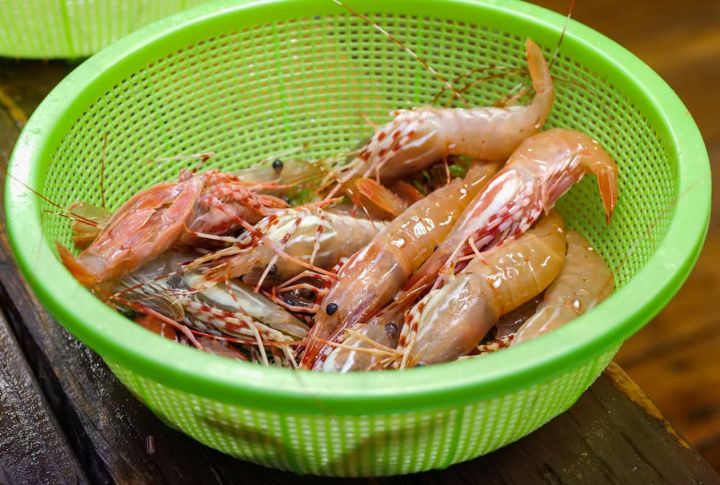
Rinsing shrimp may feel like a step toward cleanliness, but USDA experts say it isn’t needed. Their research shows washing raw proteins under running water provides no safety benefit at all. That means the practice is just unnecessary in modern kitchens.
Cross-Contamination Risk
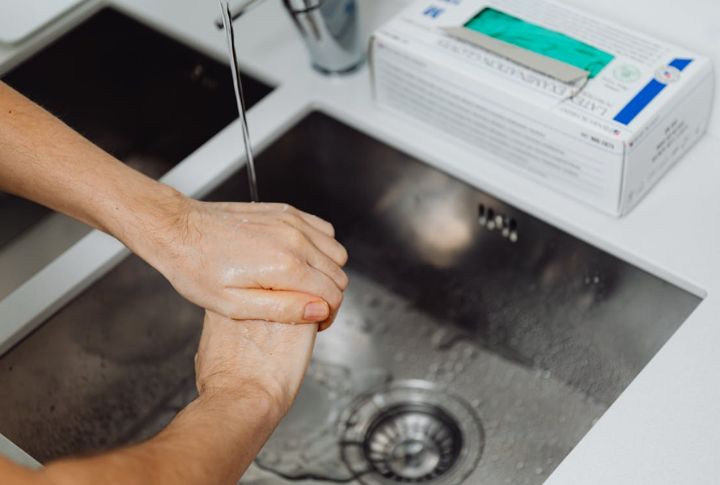
Rinsing shrimp under running water can turn your sink into a hazard zone. The splashing spreads bacteria onto nearby counters, utensils, and even fresh ingredients. This hidden chain reaction is why food safety experts warn against washing seafood, as cross-contamination happens faster than most cooks realize.
Flavor Dilution
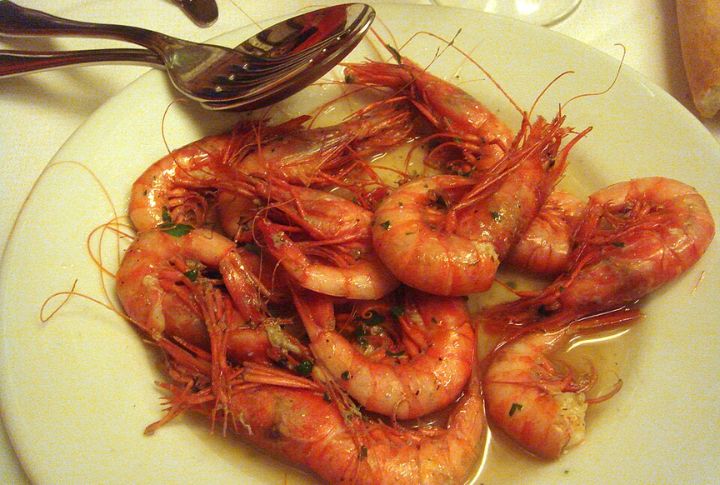
If taste is your main concern, rinsing isn’t helping. According to both the USDA and FDA, washing shrimp doesn’t make it safer and only weakens flavor. A rinse removes the natural brine that gives shrimp their rich taste once properly cooked.
Texture Loss
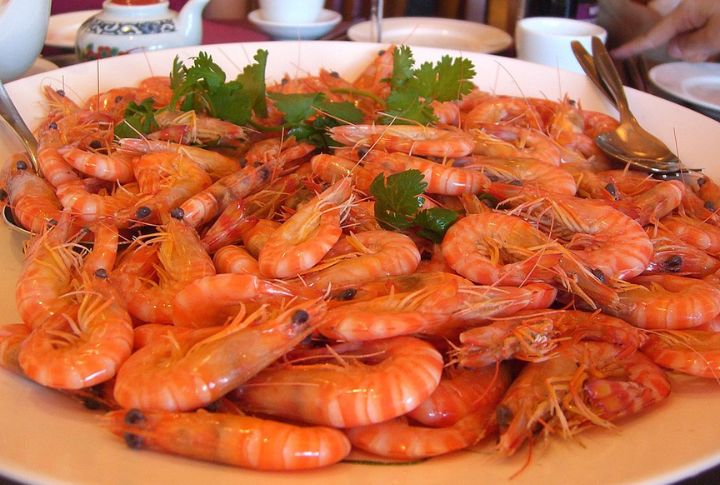
Great shrimp depends on searing, and searing depends on dryness. Excess water from rinsing prevents browning, which leaves shrimp soft instead of crisp. For the best texture, skip the rinse and simply pat shrimp dry before cooking. This keeps the Maillard reaction working its magic.
When To Rinse
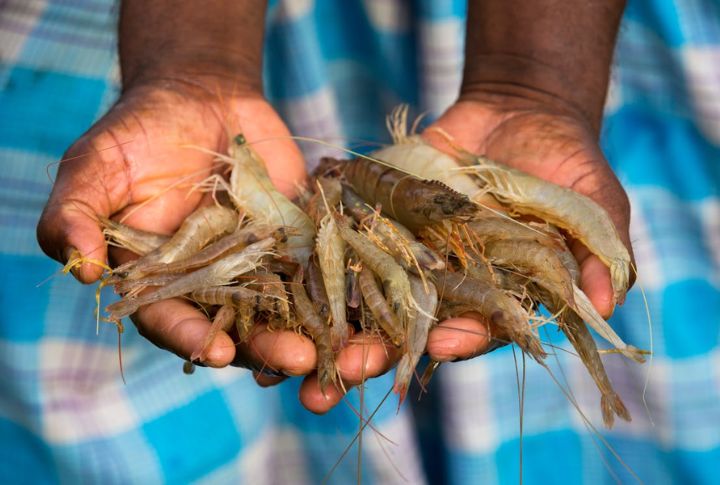
Whether shrimp should be rinsed depends on how it’s prepared. Pre-cleaned, store-bought shrimp don’t need rinsing at all. If you peel or devein them at home, only rinse if you spot visible debris. Safety comes from cooking thoroughly, not from washing.
Thawing Benefit
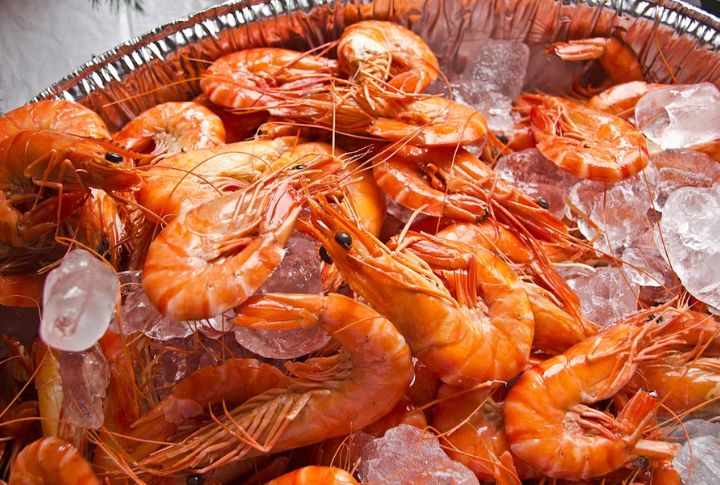
Proper thawing is essential for either safety or flavor. The gold standard is to let shrimp defrost overnight in the refrigerator by keeping them at a safe temperature throughout. For quicker results, submerge sealed shrimp in cold water and change the water every 30 minutes until fully thawed.
Sliminess And Spoilage
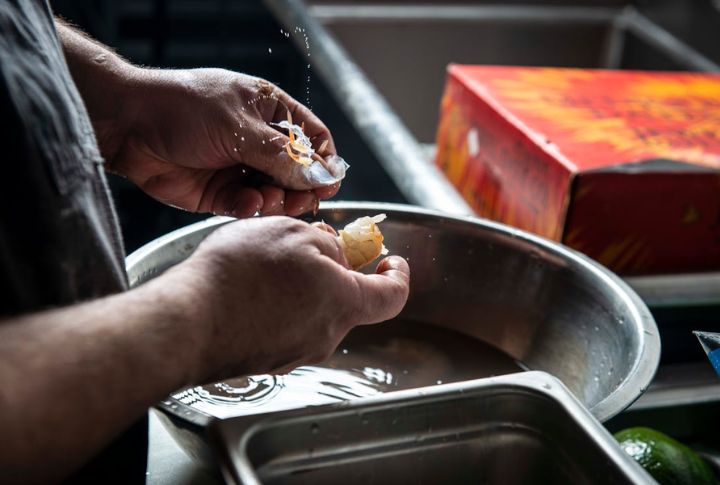
If shrimp feel slimy or smell sour, no amount of rinsing can fix them. These are clear signs of spoilage, and eating spoiled shrimp can cause serious illness. The safest choice is always to throw them away and buy from trusted, reputable sources.
Shell-On Vs. Peeled
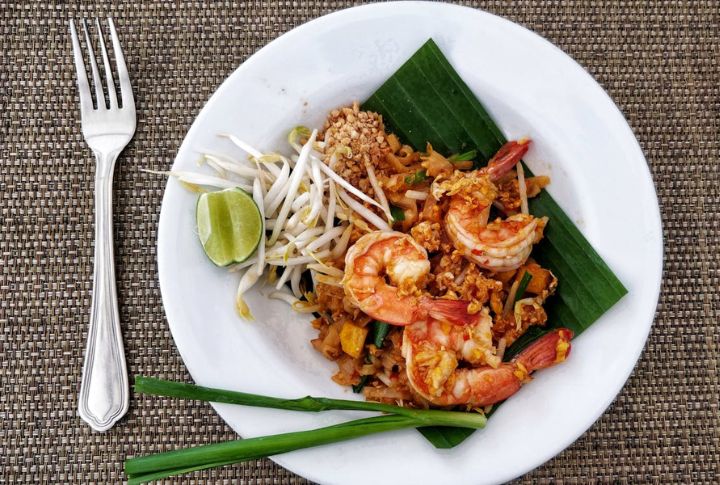
Leaving the shells on shrimp helps reduce direct handling, which lowers the chance of contamination. It also keeps the shrimp juicy during cooking. Plus, peeling after cooking makes cleanup easier and less messy while still giving you that fresh-cooked flavor.
Temperature Rule
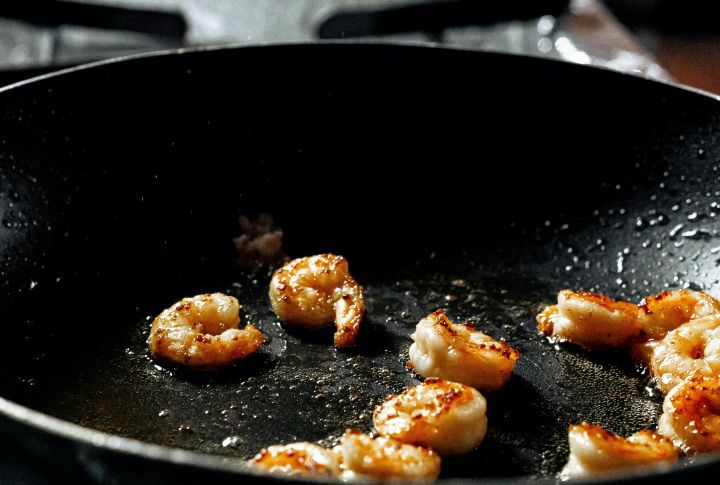
Shrimp, like other seafood, is safe to eat once it reaches 145°F. Although color changes to pink or opaque are good signs, they aren’t enough to guarantee doneness. The only way to be sure shrimp are fully cooked is by checking with a food thermometer.
Low-Sodium Adjustment
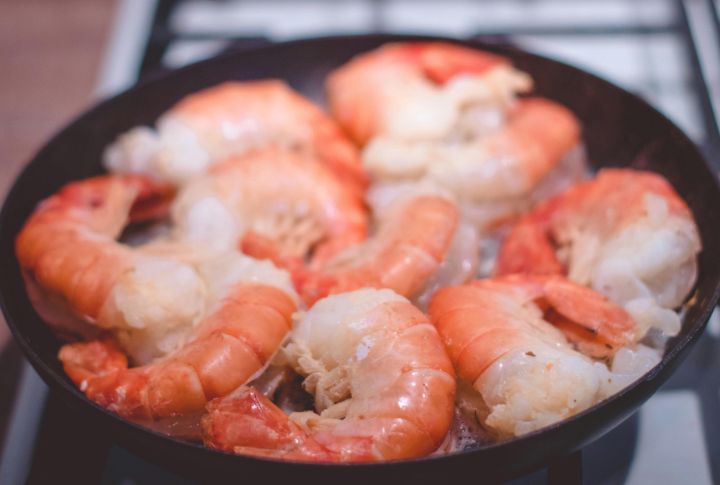
When shrimp are brined, the salt solution does more than season. It also helps lock in juiciness. Rinsing afterward doesn’t actually lower sodium in any meaningful way. What it does is remove surface flavor. If you want less salt, start by adjusting the brine itself.

